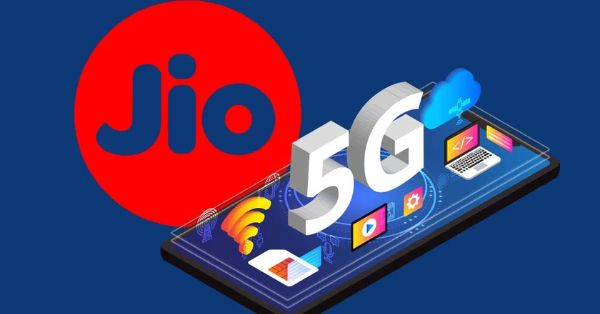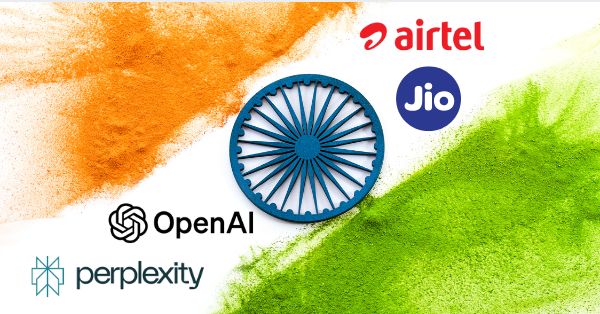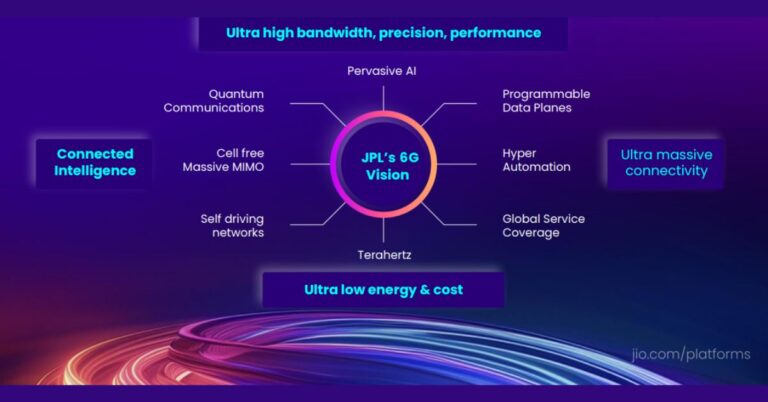- Tech News & Insight
- November 12, 2025
- Hema Kadia
Reliance Jio’s six-plan lineup for November 2025 blends low entry pricing with AI, cloud, and OTT hooks, signaling how prepaid is evolving from pure connectivity to service-led bundles. Starting at Rs 189, Jio is segmenting prepaid users by usage intensity (voice-first, balanced data, and long-validity) while nudging them into its




























